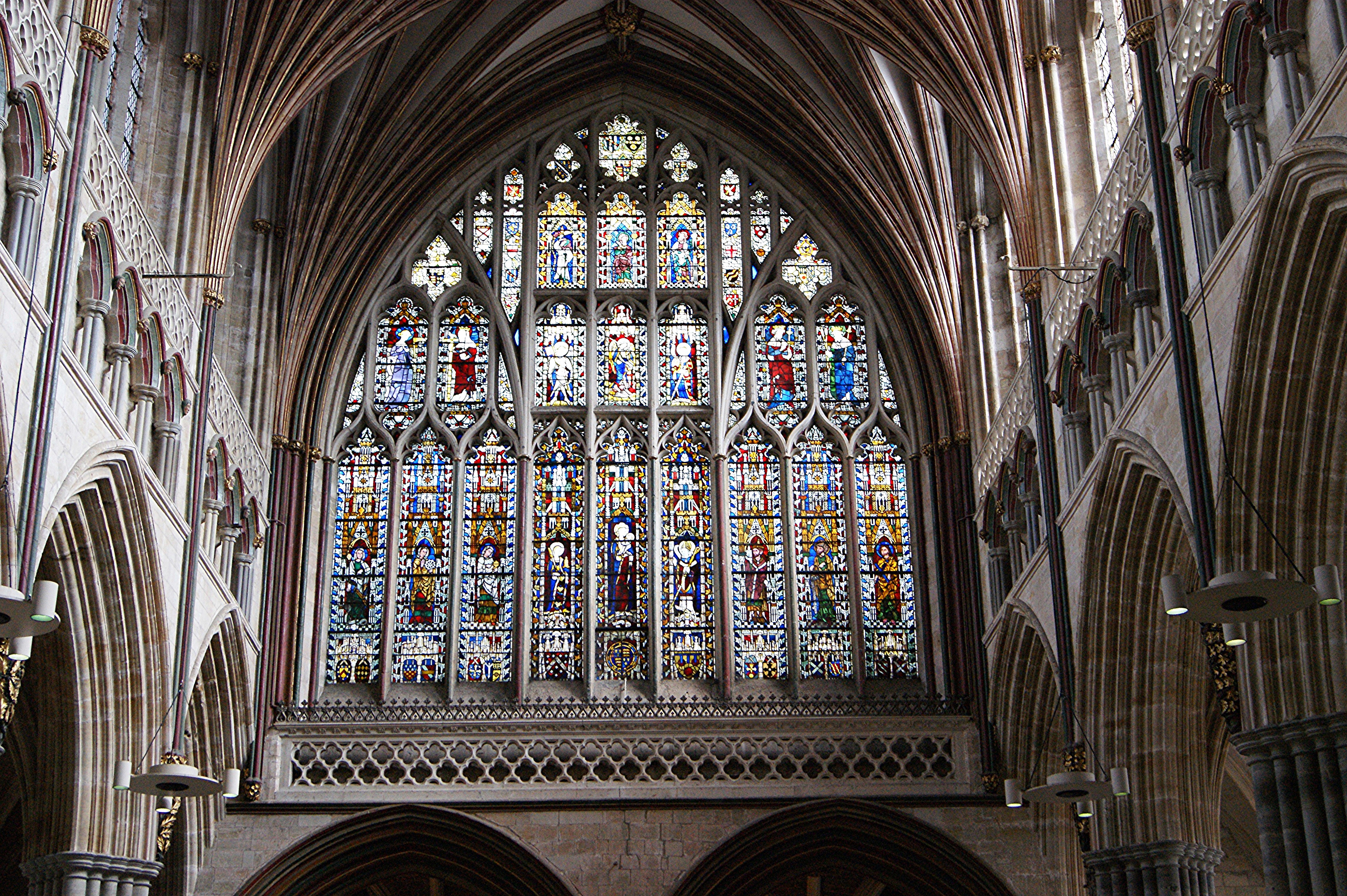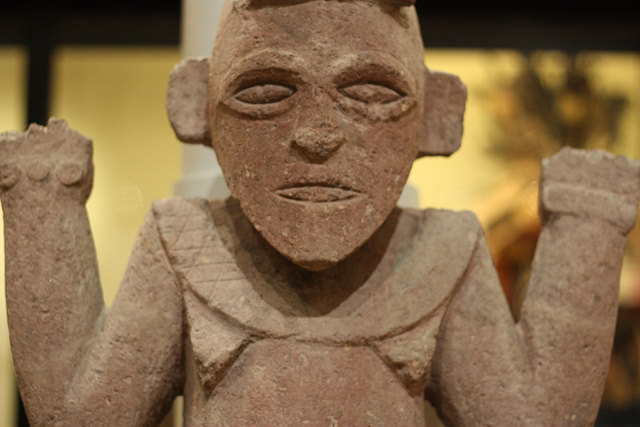Heresy: What does this mean? (Part 2)
By Sarah Arnold
There are a number of categories for heresies. Major heresies are those which change the essence of Christian doctrine substantially enough to effect salvation; minor heresies are deviations from understood Christian doctrine without necessarily corrupting the faith enough to effect salvation on their own (although they are still mostly false teaching—some heresies listed here have been condemned by the Roman Catholic Church, but are not considered heretical outside of the RCC, like Heliocentrism).
For the purposes of my own research and subsequent posts, I’ve categorized heresies in the following manner.
Major:
- Antitrinitarian (heresies that deny the Trinity in form or substance)
- Arian (heresies that deny the divinity of Christ)
- Gnostic (heresies of mysticism and ‘secret knowledge’)
- Monophysite (heresies that deny the humanity of Christ or teach a compounded nature)
- Pelagian (heresies that teach of salvation by works)
- Protestant (heresies perpetuated following the protestant reformation)
Antitrinitarian heresies, those that deny the Trinity in some fashion, include Deism, Dystheism, Monarchianism, Polytheism, Tritheism, and Universalism.
The Arian family of heresies, which denies the divine nature of Christ, include Anomœanism, Eudoxianism, Kenosism, Macedonianism, Semi-Arianism, and Subordinationism.
Gnosticism actually predates Christ’s birth and is found in other religions (Zoroastrianism and Judaism, for example). Christian Gnostic heresies include: Bogomilism, Cainitism, Catpocratianism, Cerdonianism, Luciferianism, Naassenism, and Simonianism. Gnosticism manifests itself today as emotionalism or mysticism—perhaps the most prevalent heresy in the modern church.
Monophysite heresies, the opposite of Arianism in that it denies the humanity of Christ or teaches a compound nature, helped create the first major split in the Christian Church, with the departure of the Oriental Orthodox Church in 451 following the Council of Chalcedon over the teaching of Miaphysitism. Other monophysite heresies include Appolinarianism, Docetism, Encratitism, Monoenergism, Monothelitism, and Polemianism.
Pelagian heresies deal with salvation by works, and include Asceticism, Legalism, Molinism, Osteenism (the Prosperity Gospel), Semi-Pelagianism, Synergism, and Unitarianism.
Protestant heresies appeared post-reformation, and include the Anabapstists, Antinomianism, Hypercalvinism, Jansenism, Montanism, Reconstructionism, Restorationism, and Waldensianism.
Minor:
- Antidicomarian (“against Mary,” teachings that deny the perpetual virginity of Mary—something of a controversy in Lutheran circles that will be explored in a future post)
- Ascetic (heresies that teach purity on earth can help achieve salvation)
- Eschatological (heresies dealing with the End Times)
- Eucharistic (heresies that confuse the doctrine of the Lord’s Supper)
Antidicomarian heresies deny the perpetual virginity of Mary, and include Bonosianism, Helvidianism, and Jovinianism.
Ascetic heresies teach self-denial of earthly pleasures, and can turn into a Pelagian-type heresy (works righteousness), but aren’t necessarily on that level. These heresies include Albigensism, Archonticism, Fraticellism, and Free Spiritism.
Eschatological heresies deal with the End Times, and include Dulcinianism, Joachimism, Millenariainism, Millennialism, postmillennialism, and Premillennialism.
Eucharistic heresies misunderstand the teaching of the Lord’s Supper in some form, and include Consubstantiation, Impanationism, Symbolism (“memorial meal”) and Transubstantiation.
There are also other heresies that don’t fit into any of the other categories; these may be major or minor (depending on the heresy). Some other heresies are Averroism, Conciliarism, Ebionitism, Feeneyism, Heliocentrism, Nestorianism, Origenism, and Quartodecimanism.
Some heresies are clearly within one category, others take on several of the above (for example, Arianism is both an Arian heresy and Antitrinitarian).
A number of Church Councils over the millennia have been convened to deal with various heresies. 32 major councils have occurred, but not all are recognized as ecumenical. Only 7 are universally recognized; 4 are recognized only by the Eastern Orthodox Church, another 7 are not recognized as ecumenical by anyone, and 14 are only recognized by the Roman Catholic Church).
The seven universally recognized councils are:
- First Council of Nicaea (325)
- The main purpose of this council was to repudiate the Arian heresy, which resulted in the adoption of the Nicene Creed. They declared that Christ is “homoousios with the Father” (meaning of the same substance as the Father). Also accomplished at this council was the fixing of the Easter date, giving the See of Jerusalem a place of honor and recognizing the primacy of the sees of Rome, Alexandria and Antioch.
- First Council of Constantinople (381)
- Another council that rejected the Arian heresy, as well as Macedonianism. They declared that Christ is “born of the Father before all time” and revised portions of the Nicene Creed with regard to the Holy Ghost.
- Council of Ephesus (431)
- Reaffirmed the Nicene creed, repudiated the Nestorians and Pelagianists, and declared the Virgin Mary as the Theotokos (“God-bearer”).
- Council of Chalcedon (451)
- Repudiated Eutyches and his doctrine of Monophysitism; reinstated the disposed of at the Second Council of Ephesus and deposed Dioscorus. Adopted the Chalcedonian Creed, describing the hypostatic union of the human and divine natures of Christ. Elevated the bishoprics of Constantinople and Jerusalem to patriarchates.
- Second Council of Constantinople (553)
- Condemned Origen of Alexandria; decreed the Theopaschite Formula and declared the Three Chapters to be Nestorian (often cited as an example against Papal Infallibility).
- Third Council of Constantinople (680-681)
- Was convened to refute the Monothelitism and Monoenergism heresies.
- Second Council of Nicaea (787)
- Restored the veneration of icons that was condemned at the Council of Hieria (754) and denounced iconoclasm.



